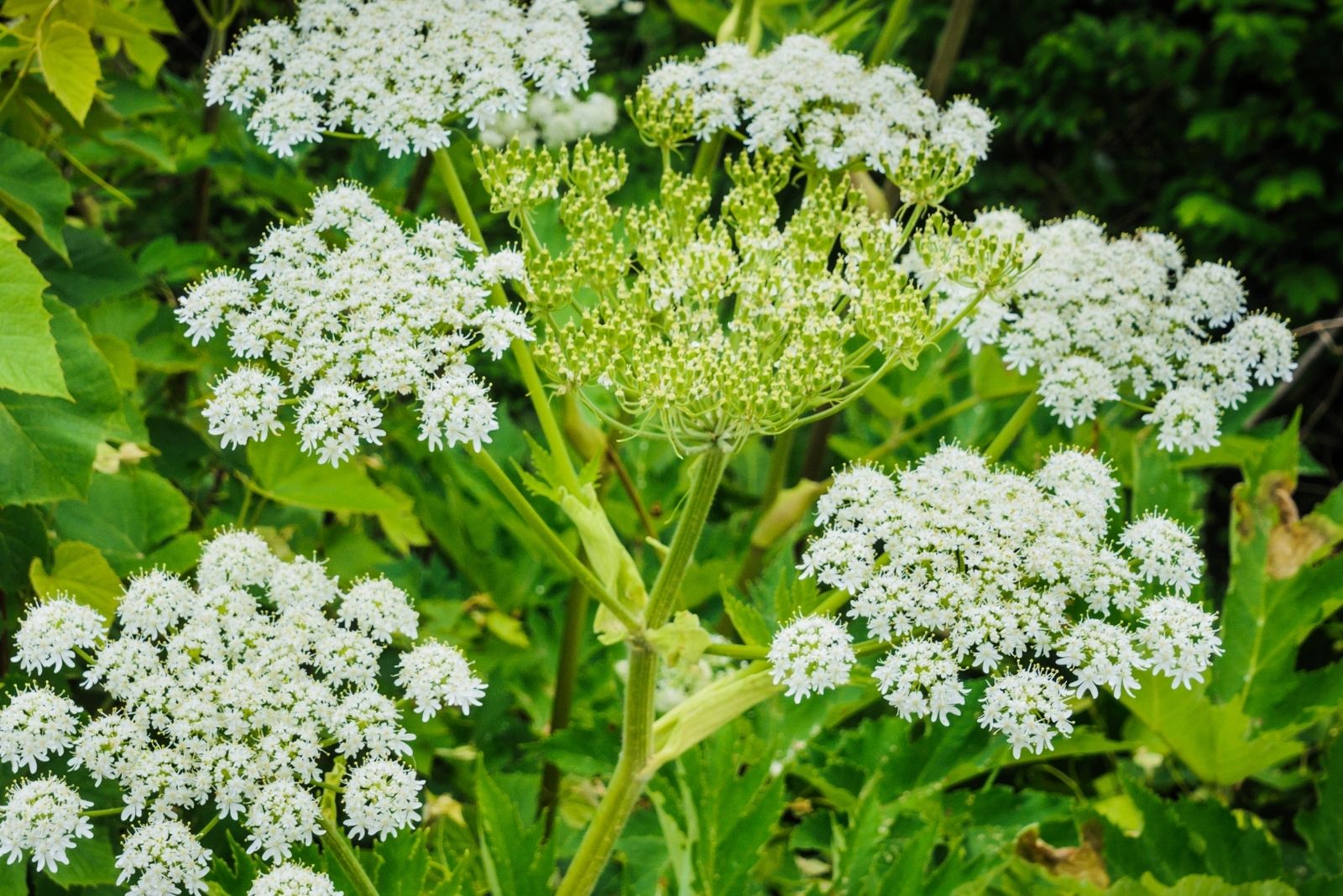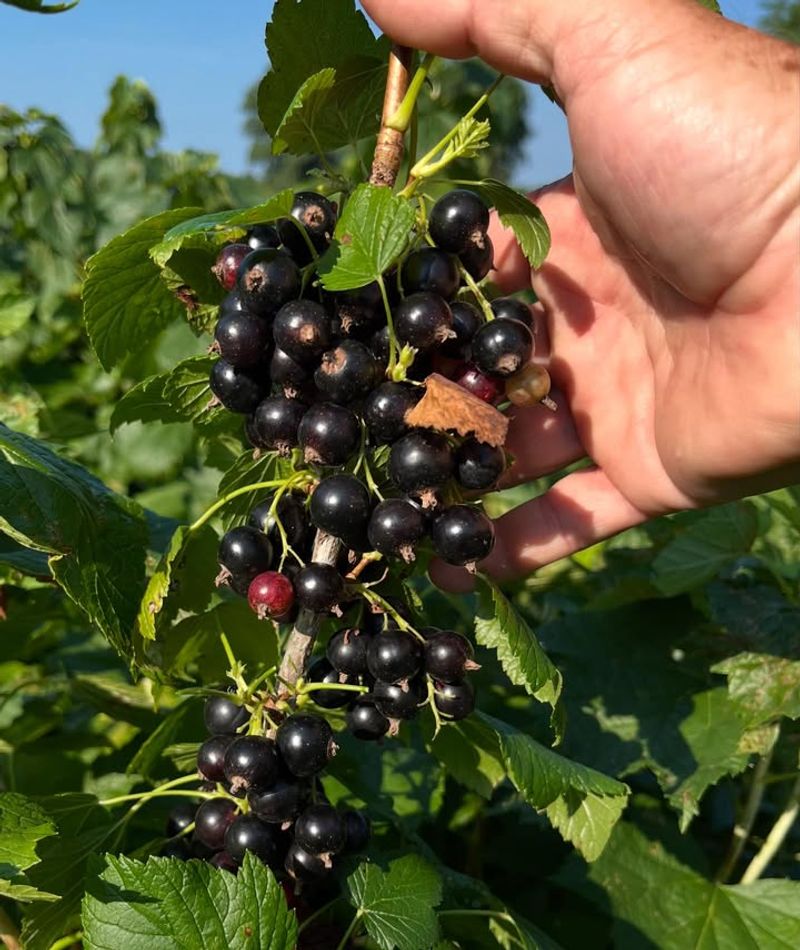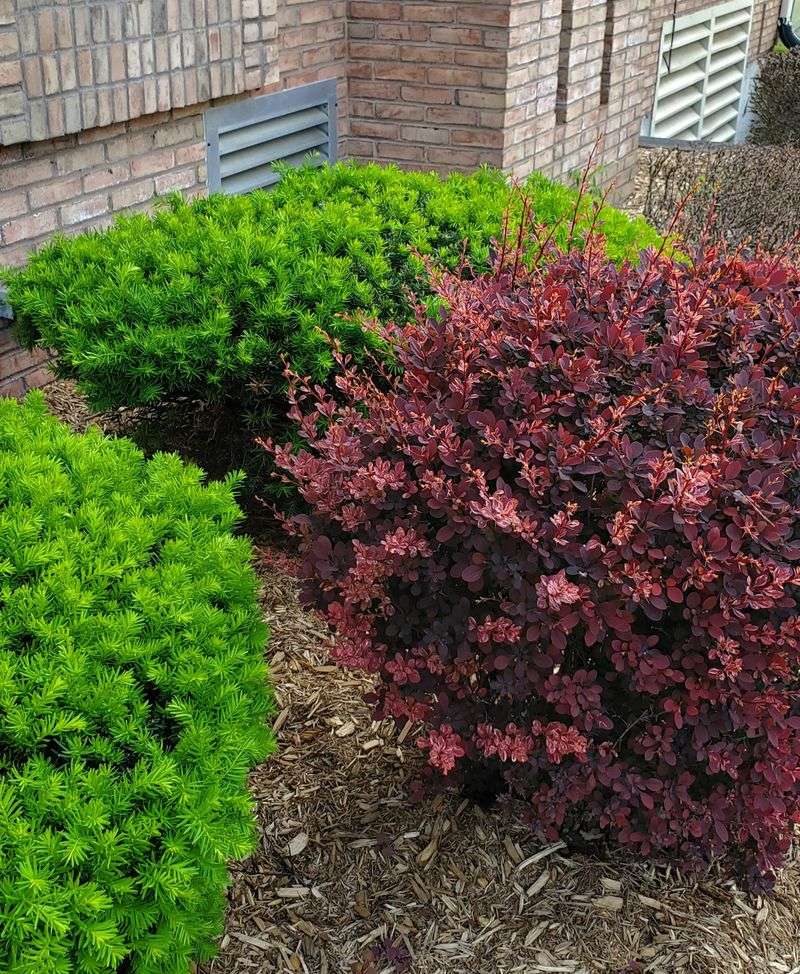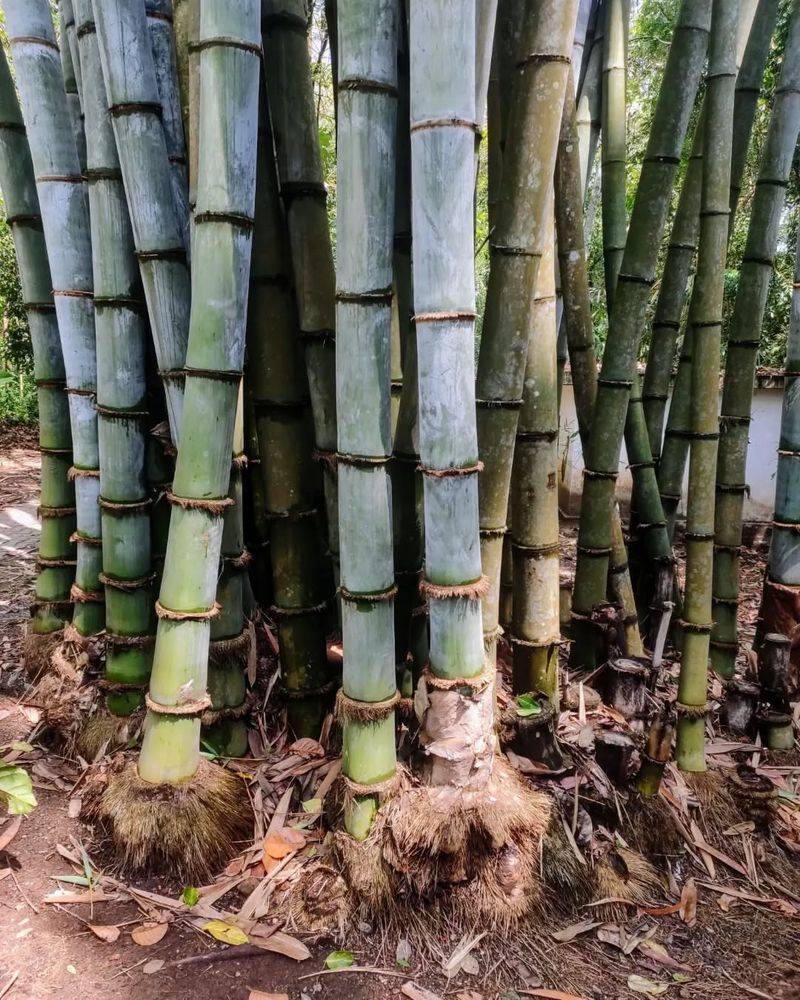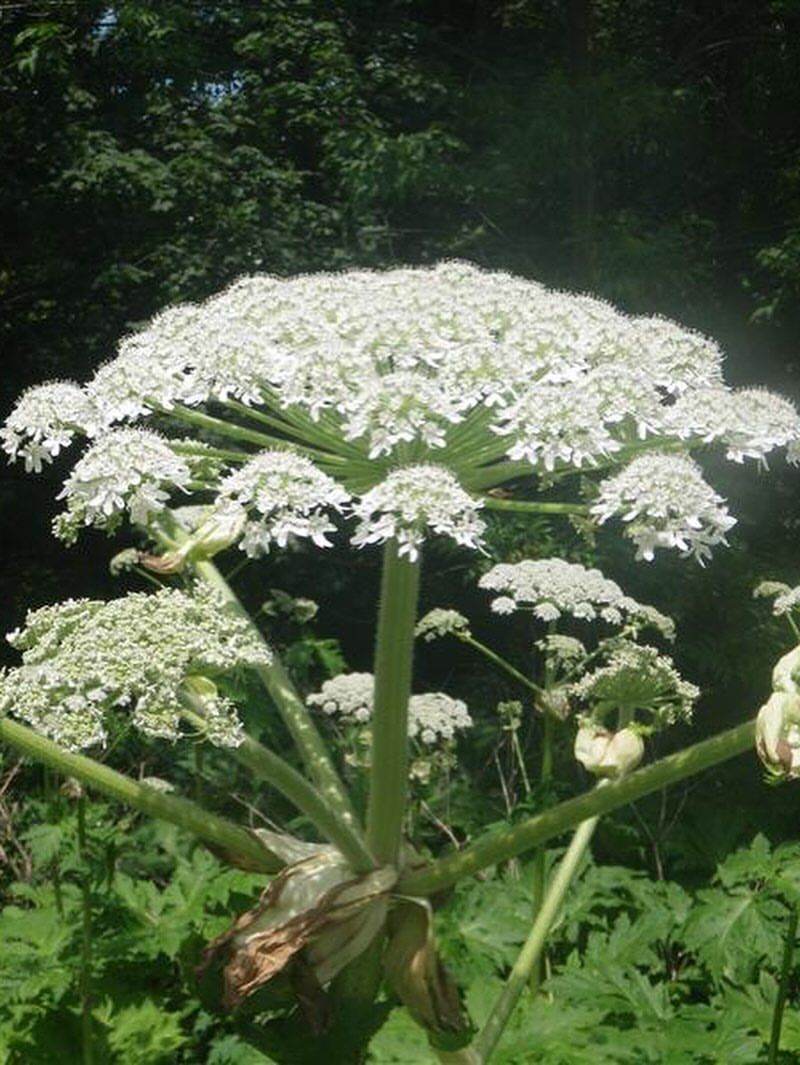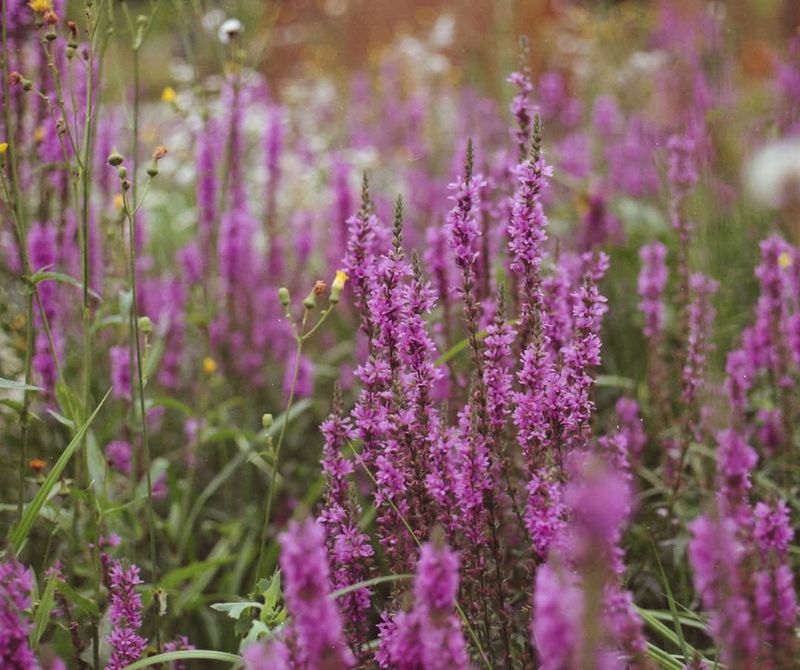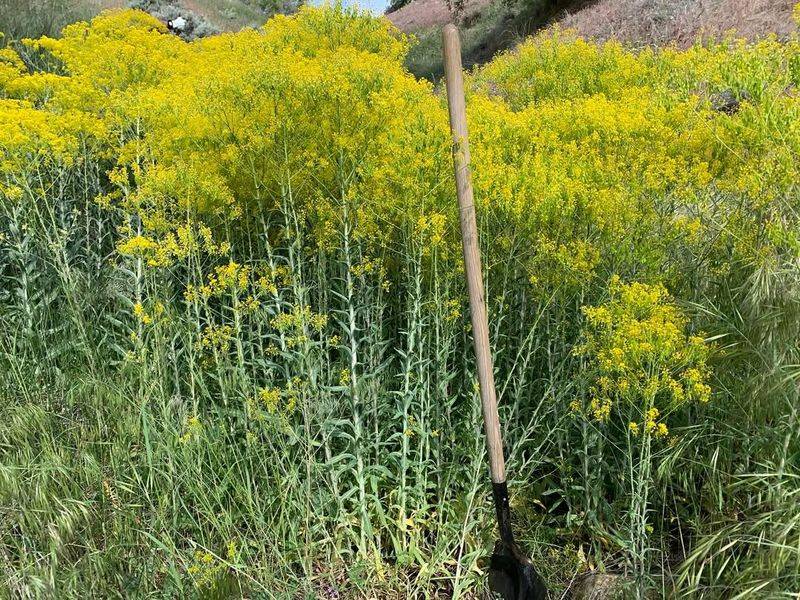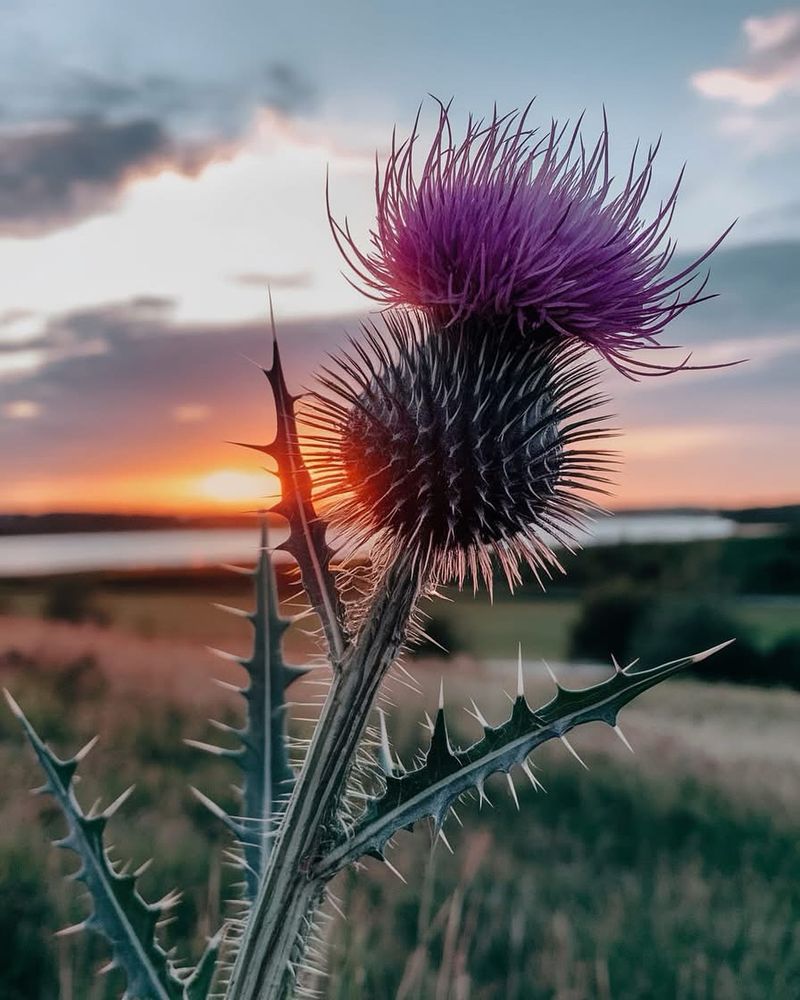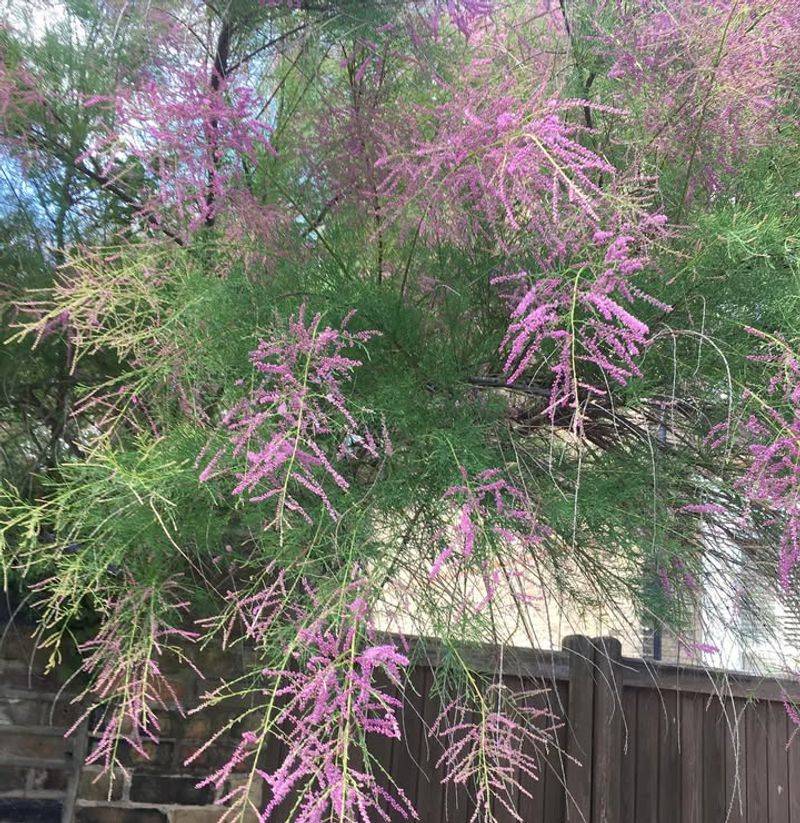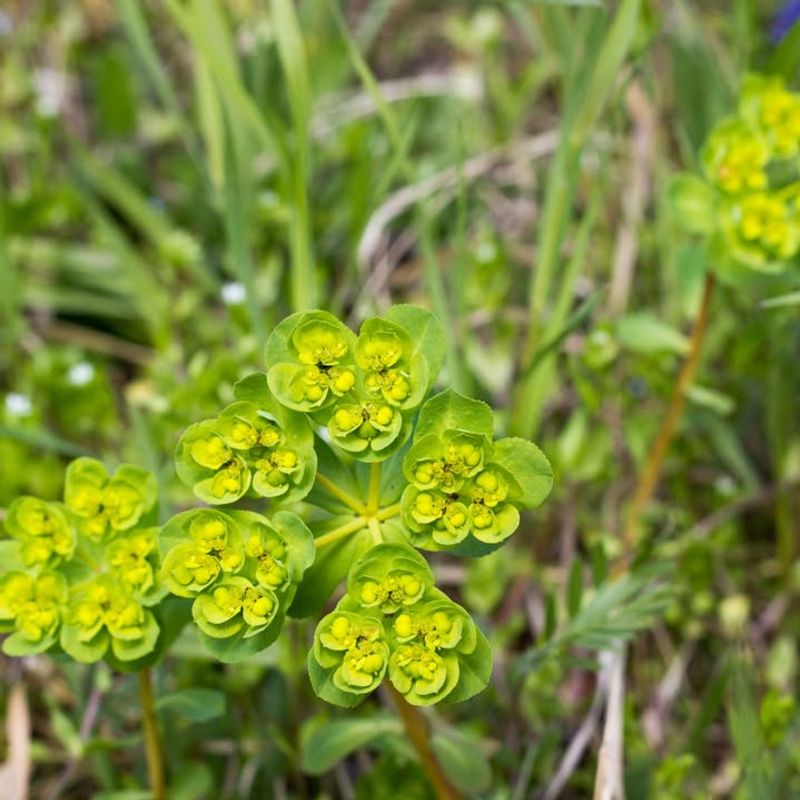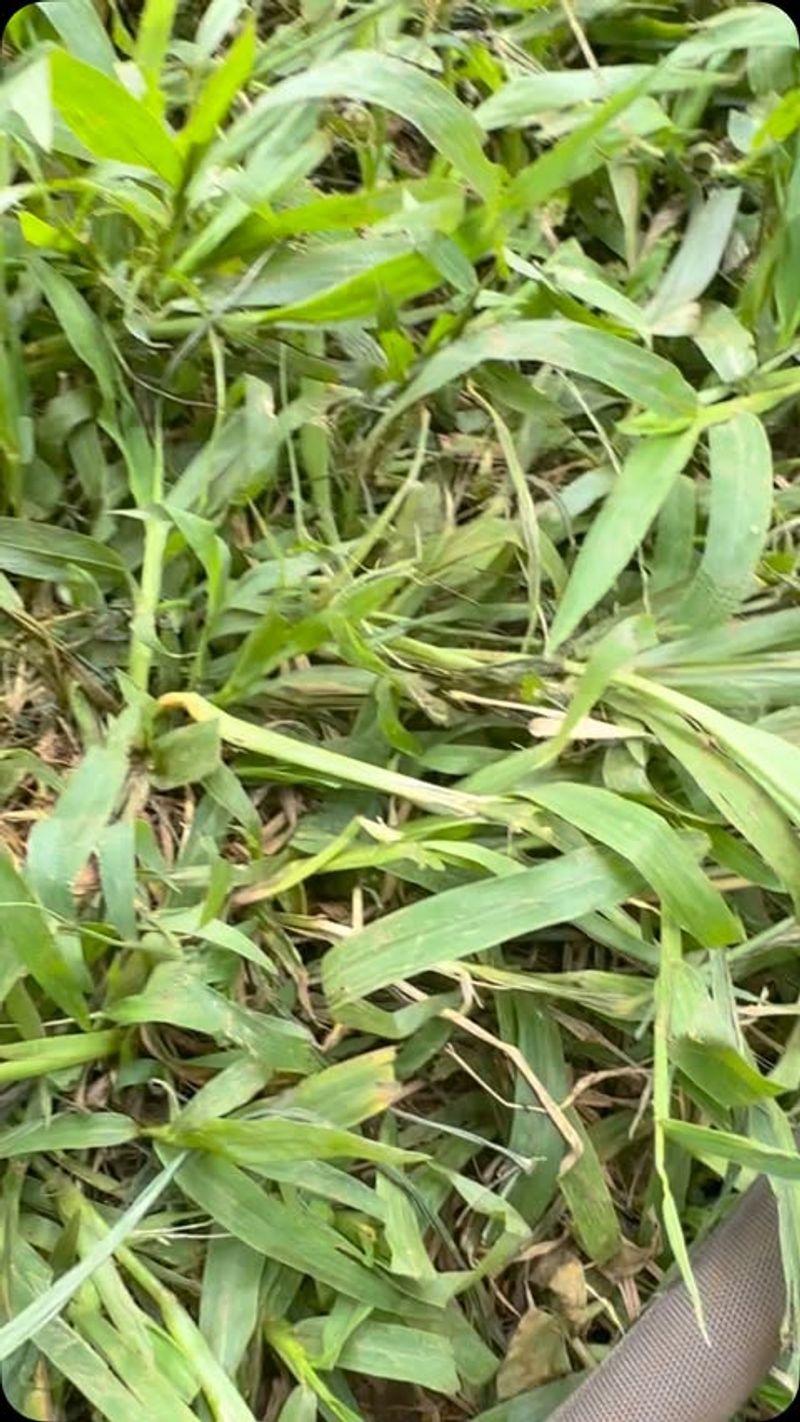Growing your own food sounds like a great idea, but not every plant is welcome in Nevada gardens. The state has strict laws about certain crops that might surprise you. Some plants can harm local ecosystems, spread diseases, or cause problems for farmers nearby.
Before you start planting, check out these unexpected backyard crops that could land you in trouble with Nevada authorities.
1. Black Currants
Black currants might look harmless, but Nevada takes them seriously. These tart berries can carry white pine blister rust, a disease that devastates five-needle pine trees throughout the state.
Foresters worry about losing valuable timber and wildlife habitat. Even though some resistant varieties exist now, Nevada keeps restrictions in place to protect its forests.
Growing these berries could result in removal orders and fines. Check with local agricultural extensions before considering any currant varieties in your garden space.
2. European Barberry
European barberry bushes create beautiful hedges with bright red berries, but they harbor a nasty secret. This ornamental plant acts as an alternate host for black stem rust, which destroys wheat crops across agricultural regions.
Farmers depend on wheat production for their livelihoods. Nevada protects its agricultural economy by banning plants that threaten food security.
The state removed thousands of barberry plants decades ago. Anyone caught growing European barberry faces serious penalties and mandatory plant removal from their property immediately.
3. Bamboo Species
Bamboo grows incredibly fast and spreads through underground rhizomes that invade neighboring properties. What starts as a small decorative patch can become a neighborhood nightmare within months.
Running bamboo varieties are especially problematic in Nevada communities. The plants damage foundations, septic systems, and irrigation lines as they spread relentlessly outward.
Many homeowner associations ban bamboo entirely. Local ordinances in several Nevada counties restrict planting near property lines. Always choose clumping varieties if bamboo appeals to you for landscaping purposes.
4. Giant Hogweed
Giant hogweed looks impressive with its massive leaves and white flower clusters reaching over 14 feet tall. Unfortunately, this plant produces sap that causes severe skin burns and blistering when exposed to sunlight.
Children playing near hogweed face serious injury risks. The phototoxic chemicals remain dangerous even after the plant dies back.
Nevada classifies giant hogweed as a noxious weed requiring immediate eradication. Property owners must report sightings to county weed control boards. Never touch this plant without proper protective equipment and expert guidance.
5. Purple Loosestrife
Purple loosestrife creates stunning displays of magenta flowers along waterways, but beauty comes at a terrible cost. Each plant produces millions of seeds that choke out native wetland vegetation essential for wildlife.
Waterfowl lose nesting habitat when loosestrife takes over. Fish populations decline without proper aquatic plant diversity.
Nevada prohibits purple loosestrife to protect its limited wetland ecosystems. The plant spreads so aggressively that eradication programs cost millions annually. Gardeners should choose native alternatives for water features and pond edges instead.
6. Johnson Grass
Johnson grass might seem like just another weed, but ranchers and farmers consider it a serious threat. This perennial grass produces cyanide compounds that poison livestock when stressed by drought or frost.
The deep root system makes Johnson grass nearly impossible to eliminate once established. It crowds out valuable forage crops and reduces pasture quality dramatically.
Nevada agricultural regulations require landowners to control Johnson grass spread. Letting it grow on your property can result in citations. Regular mowing before seed production helps prevent this troublesome grass from spreading further.
7. Dyer’s Woad
Dyer’s woad produces a blue dye historically used for textiles, but modern Nevada wants nothing to do with it. This aggressive invader dominates rangelands, reducing grazing capacity for cattle and native wildlife.
A single plant creates thousands of seeds that remain viable for years. Birds and wind spread seeds across vast distances quickly.
Ranchers lose income when woad infests their properties. Nevada lists dyer’s woad as a noxious weed requiring control measures. Early detection and removal prevent expensive eradication efforts later. Report any sightings to county extension offices immediately.
8. Scotch Thistle
Scotch thistle grows into a spiny monster reaching seven feet tall with silvery leaves and purple flowers. Livestock avoid grazing areas infested with this painful plant, reducing usable rangeland significantly.
The sharp spines injure animals and people alike. Each plant produces up to 40,000 seeds that spread easily on wind and clothing.
Nevada requires property owners to destroy Scotch thistle before it goes to seed. Failure to comply brings fines and mandatory removal by county crews. Wear thick gloves and protective clothing when removing this aggressive invader from properties.
9. Salt Cedar (Tamarisk)
Salt cedar trees with their feathery pink flowers seem delicate, but they guzzle water at alarming rates. These invasive shrubs line waterways throughout the Southwest, lowering water tables and increasing soil salinity.
Native cottonwoods and willows cannot compete with tamarisk’s water consumption. Wildlife loses critical habitat as native vegetation disappears.
Nevada spends millions removing salt cedar from riparian areas. Planting tamarisk violates state regulations designed to protect precious water resources. Choose native desert-adapted plants for landscaping that conserve water instead of depleting it unnecessarily.
10. Leafy Spurge
Leafy spurge produces cheerful yellow-green flowers, but ranchers know better than to celebrate. The milky sap irritates skin and poisons livestock that accidentally consume it.
Deep roots extending 15 feet underground make leafy spurge nearly indestructible. The plant regrows from tiny root fragments left behind after removal attempts.
Nevada pastures infested with leafy spurge lose significant value. State regulations require landowners to implement control programs. Biological control using flea beetles shows promise in some areas. Contact your county weed board for assistance developing effective management plans for properties.
11. Puncturevine (Goathead)
Puncturevine earns its nickname goathead from wickedly sharp seed pods that puncture bicycle tires and bare feet. This low-growing plant spreads across sidewalks, yards, and recreational areas.
Children playing outside risk painful injuries from stepping on goatheads. Pets suffer too when spines lodge between their paw pads.
Nevada municipalities often have ordinances requiring goathead control on private property. The plants produce thousands of seeds that remain viable for years. Remove puncturevine before it sets seed. Thick mulch and healthy turf grass prevent goathead establishment in landscaped areas effectively.
12. Quackgrass
Quackgrass spreads through underground stems called rhizomes that invade garden beds and lawns relentlessly. Pulling this perennial grass just breaks rhizomes into pieces that sprout new plants.
Farmers struggle when quackgrass infests crop fields. The grass reduces yields and harbors pests that damage valuable crops. Nevada agricultural areas restrict quackgrass to protect farming operations.
Home gardeners battle this persistent invader constantly once it establishes. Solarization and repeated cultivation help control quackgrass. Never compost quackgrass rhizomes since they survive and spread. Bag and dispose of all plant parts carefully during removal efforts.

